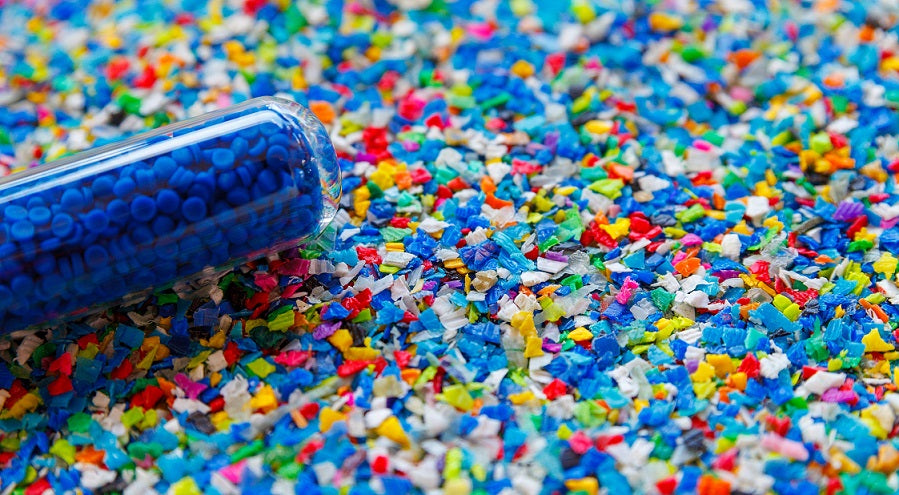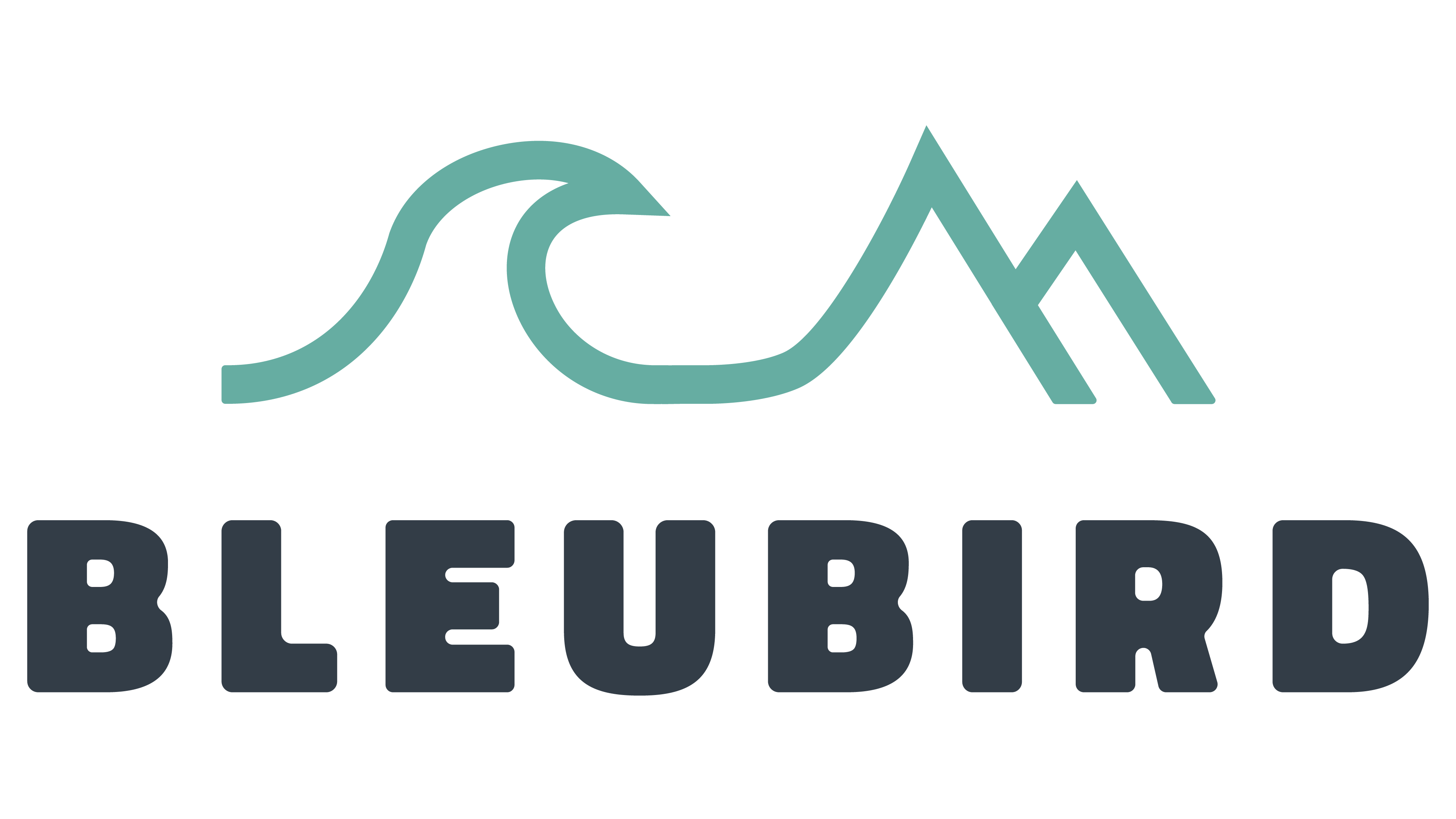From our 40L Drybags to our Nordic Robes to our Polar Fleeces, you may have noticed that RPET makes up quite a lot of the fabrics used in our collections. But what actually is RPET?
RPET stands for ‘Recycled Polyethylene Terephthalate’. It is a type of plastic manufactured from recycled PET (polyethylene terephthalate), which is often used for items such as plastic bottles, food containers, and packaging that would otherwise have gone to landfill.
In recent years, as we have become more aware of the importance of recycling what we have and reducing the consumption and manufacture of virgin plastics, RPET has become one of the most widely used materials across a wide variety of industries, from clothing to packaging, bags to furnishings, and more.
How is RPET clothing made?

To make RPET, post-consumer PET products such as plastic bottles are collected and sorted by colour and type. They are then broken down into smaller pieces, known as flakes, which are then cleaned and dried to remove any impurities and contaminants. These flakes are then melted, and formed into pellets, which are used to create new products.
In the case of clothing, these pellets are spun into fibre or yarn in a similar process to the production of traditional polyester yarn. This RPET yarn is then woven or knitted into fabric and finished with dyes, softeners, and printing.
The benefits of RPET
There are plenty of benefits to using RPET in place of traditional polyester. From helping reduce plastic waste ending up in landfill to conserving energy and resources, there are many reasons why we have chosen to use RPET fabrics in our new products.
Needless to say, RPET is a lower-impact alternative to traditional polyester, making it a more responsible choice for clothing manufacturing.
By recycling post-consumer plastic, RPET helps reduce the amount of plastic waste ending up in landfills and oceans, where it clutters our environments, harms ecosystems, and takes hundreds and even thousands of years to decompose.
Using RPET helps to conserve natural resources as it reduces the need to produce virgin plastics, which are often created from petroleum, a non-renewable resource.
By using less heat, water, and fewer chemicals, the production of RPET also reduces the carbon footprint associated with the creation and manufacture of these virgin plastics.
In fact, a 2017 life-cycle analysis conducted by denkstatt GmbH found that the manufacturing of RPET generates up to 79% less carbon emissions than the production of virgin PET.
However, it has its limitations…
RPET is a great, lower-impact alternative to traditional polyester. However, it isn’t perfect and there are a few things that should be considered when it’s being used…
Energy and resources are still required to produce RPET and while this is much lower than what is used to produce traditional polyester, this means RPET cannot be considered a ‘sustainable’ fabric. (For more on this, see our ‘We Are Not Sustainable’ post here).
RPET still sheds microfibres when washed, so it’s advisable to wash RPET products at a lower temperature, use a microfibre capturing bag or device, and increase wears between washes.
The overall environmental impact of RPET must take into account the full life-cycle of the product it is used in. This includes how it is produced, used, and disposed of.
This means that it is just as important, if not more important, that products produced using RPET are durable, so they can be used time and time again.
Unfortunately, RPET can only be recycled a certain number of times before it degrades too far and becomes unusable waste. For this reason, it is important to ensure products made from recycled plastics enjoy a long lifespan.
Options for disposing of RPET clothing…
When products made from RPET reach the end of their lifespan, it is crucial to consider how these products are disposed of to keep their environmental impact as low as possible.
One option for disposing of RPET clothing is recycling. RPET clothing can be recycled into new products, such as clothing and accessories.
However, as the widespread manufacture of RPET is still relatively recent, the options for recycling are still limited and are not yet available on an industrial and global scale. Technology is continually improving in this area, so make sure to check with your local recycling centre to see if they accept RPET clothing.
Instead, if your RPET products are still in relatively reasonable condition, it is a good idea to either donate them or upcycle them. This helps ensure they stay out of landfill for as long as possible.
Looking to the future…

It all starts with educating ourselves and keeping up to date with the rapidly advancing technology and options for more eco-friendly alternatives. We’re excited about the potential of what we can do in the future, and we hope to have you along for the ride!





Leave a comment
This site is protected by hCaptcha and the hCaptcha Privacy Policy and Terms of Service apply.